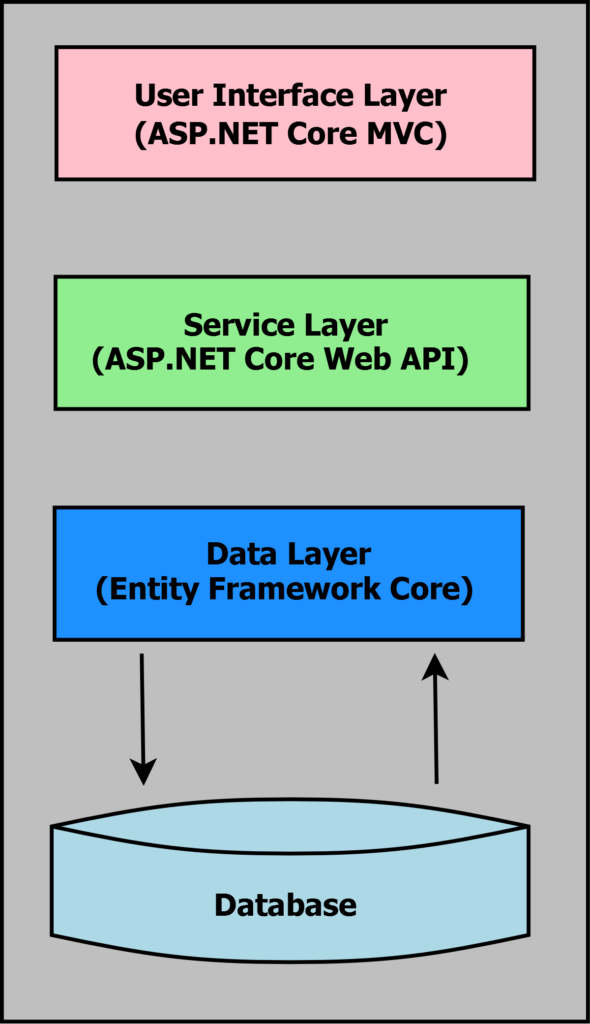This article will be covering in detail the implementation of Entity Framework Core in ASP.NET Core Web API. We will learn about entity framework core in details i.e. what, how & why and see how to use it in ASP.NET Core Web API to implement CRUD operations. Though here we will be using entity framework in ASP.NET Core this can be implemented even in .NET Framework for your data persistence. I hope you will join me on this and go through step by step demonstration on implementing entity framework core in ASP.NET Core Web API.
Introduction to Entity Framework Core

Entity Framework has been around since 2008 which has improved over the years. Entity framework core was introduced for .NET Core based applications. It is an open-source object-relational mapper (ORM) built over ADO.NET and an official data access platform from Microsoft. Entity framework core has been rewritten from scratch to make it lightweight, flexible & achieve better performance.
In the absence of an ORM typically lots of code have to be written to perform CRUD operations with the database. using an ORM like entity framework can reduce the number of lines of code to be written for database interactions. Typical ORM will work on classes & database tables of similar structure but entity framework core implements mappings which makes it a lot more flexible i.e. in case table & class does not match then mappings can be exercised to get from objects to tables.
Entity framework core can work with wide variety of databases. Microsoft provides rich providers for SQL Server & SQLite and there are many other third party providers some commercial and some from community.
How does entity framework core works?

- Define domain classes & configure entity framework DbContext API along with mappings to let entity framework work how this class maps to the database schema.
- Write LINQ to objects to fetch data from the database.
- Based on mappings & database provider configured entity framework will translate queries into SQL that’s understood by the database.
- The query is executed and the object is populated with data.
- Data in objects can be modified, deleted or new records can be added to the list & once done call DbContext.saveChanges from EF API to save data back to the database.
- The entity framework will generate the required SQL statements to save data back to the database.
#programming #.net core #asp.net core 3.1 #entity framework #entity framework core
